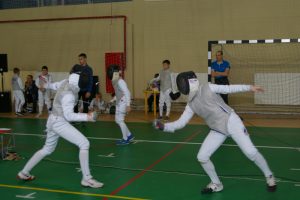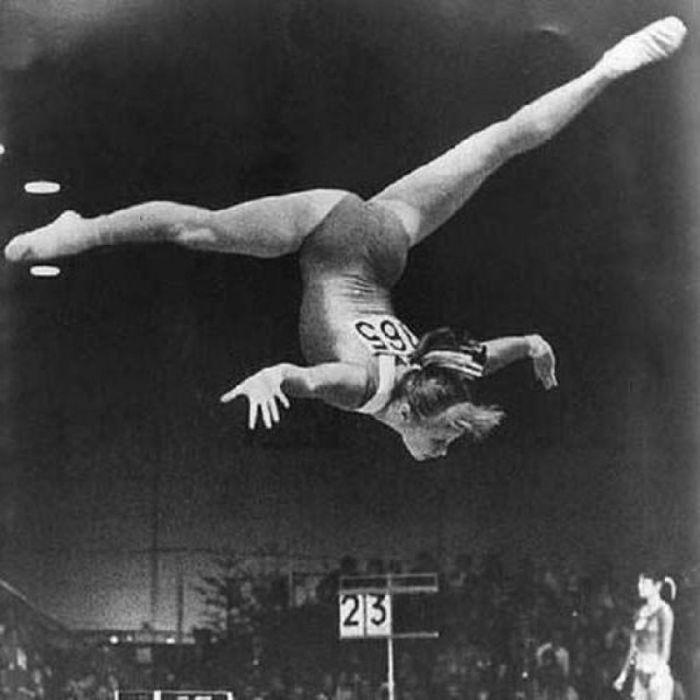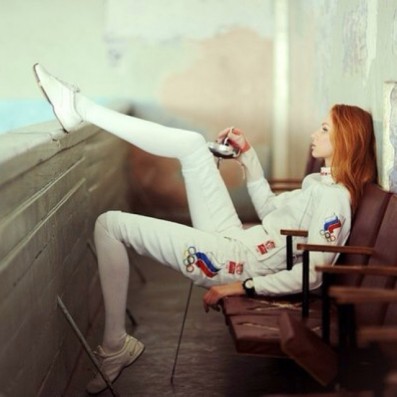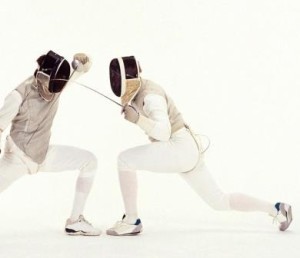Fencing styles
 Fencing styles can be conditionally divided into Eastern and European fencing. European styles are usually called schools (eg: German school, Italian school, etc.). We systematize all our knowledge in one article so that it is convenient to navigate and choose the style of European fencing to your liking.
Fencing styles can be conditionally divided into Eastern and European fencing. European styles are usually called schools (eg: German school, Italian school, etc.). We systematize all our knowledge in one article so that it is convenient to navigate and choose the style of European fencing to your liking.
English school of fencing.
The main weapon: mainly a light sword, a buckler shield, broadsword.
Highlights: The English school combined the techniques taken from other schools (in particular the French), and supplemented them with the techniques inherent in the English light sword and broadsword. The English school used both injections and blows, prescribed various second-hand weapons: from the buckler shield to the pistol taken by the barrel. Stand in English fencing: legs slightly bent apart, straight back, arms in a bent arm at the level of the belt, the blade is aimed at the opponent’s face.
French school of fencing.
The main weapon: a sword.
Highlights: its basic principles are taken from an Italian school. The battle was a set of quick injections and movements. Favorite French was the “action on weapons” – bends, captures, batmans. One of the features of the French school was the two-handed technique of owning twin swords that were worn in the same scabbard. Thanks to the conquests of Napoleon I, the French fencing school spread throughout almost all of Europe. The stand of the French fencer was unusual: the body thrown back, the hand with the sword raised up, and the sword looks down. The French school of fencing is the ancestor of modern sports fencing (introduced the codification of rules and terms in the training system of some French masters, invented rapier with a flat tip and a protective wire mask).
German school of fencing.
The main weapon: a long sword, a polearm, a dagger, a messer, a shield, an unarmed battle.
Highlights: The German school pretty much imitated the Spanish, and the 17th was completely supplanted by the Italian school, because wearing a sword became uncomfortable due to the fashion for clothes of that time. The technique of the German fencing school contains methods for using a long sword, pole arms, dagger, messer, shield, principles of horse fencing and methods of unarmed combat. In a German stance, the fighter held his sword in a slightly bent arm and directed it from top to bottom, standing on bent legs. The technique was quite heavy, it implied strong chopping blows, which were adopted from the sword fencing systems.
The term “German fencing school” can sometimes be misleading, since after the 17th century, fencing was still taught in various academies in modern Germany. The same term applies to the old style of theatrical German fencing.
Italian school of fencing.
The main weapon: mainly a sword, short and long sword, halberd, spear, dagger, shield, unarmed combat, cloak, etc.
Highlights: Europe’s most popular fencing school, whose roots come from the Spanish school. Characteristic of the Italian school were the ejections with a sword (the priority is “to kill with the tip of the tip, not with a blow of the blade”) and the feeling of the pace of defense-attack, when the protective action goes into the attacker with the rapid movement of the fighter. In the Spanish stance, the arm with the arms was straightened forward, but both knees were bent, and body weight was distributed on both legs. Unusually, the fighter’s hand does not bend even with protective movements. The second weapon in battle was often replaced by a cloak wound on an empty hand. The Italians somewhat changed their attitude to the dagger in the second hand of the fighter – they began to use it for attacks. In 16, the Bologna fencing school inherited this direction.
Bologna Fencing School (Dardi School).
The main weapon: mainly a sword, shield, dagger, cloak.
Highlights: The Bologna fencing school is based on elements of fencing with one sword / sword, includes methods of hand-to-hand combat. Much attention has been paid to defense techniques, rather than blows and shots of weapons. As an auxiliary weapon, a shield, dagger or cloak was sometimes used. The technique of the Bologna masters also had a system of techniques for the bastard and two-handed sword, which lost its importance due to the popularization of swords. In addition, there were instructions for using axes and pole arms.
Venetian fencing school.
The main weapons: dagger, short sword, long sword, halberd, spear, shield, dag.




